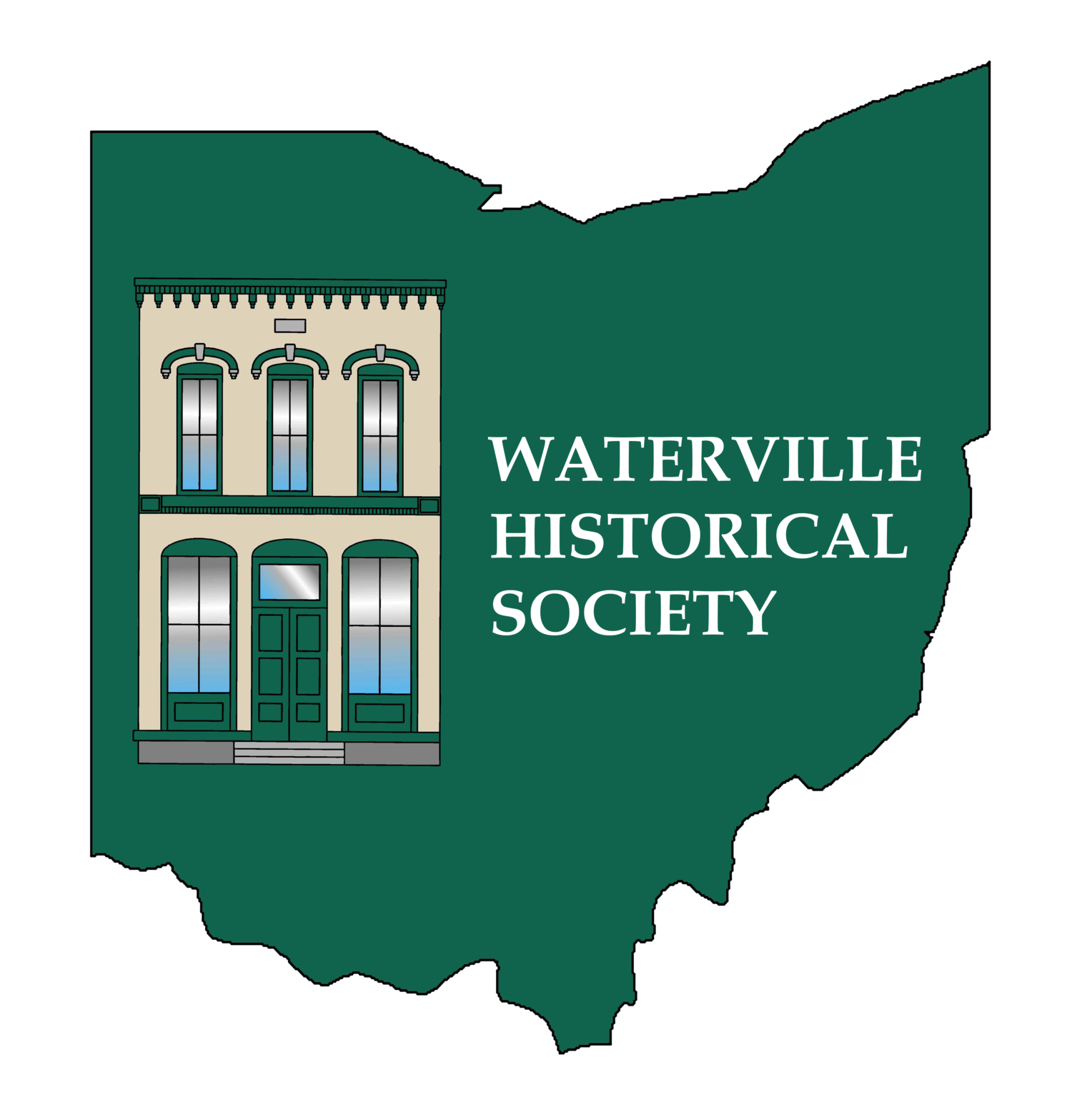Emergency Resolution of 1916
Another document from the City of Waterville, now in the Wakeman Archives,illustrates the kind of problems the village had to deal with 100 years ago.
RESOLUTION
Declaring the Ditch or Drain known as the Race on the North side of Mechanic Street from Third Street to the River a NUISANCE and ordering the same abated.
Whereas the Ditch or Drain known as the Race on the North side of Mechanic Street from Third Street to the River has become a menace to Health:
Therefore be it resolved by the Council of the Village of Waterville, State of Ohio, Three-fourths of all the members elected thereto concurring:
Section I. That said Ditch, or Drain known as the Race on the North side of Mechanic Street from Third Street to the River be [one] and the same is hereby declared to be a NUISANCE.
Section II. That the Street Committee be and is hereby authorized and directed to purchase the necessary tile and cause the same to be laid in said Ditch or Drain known as the Race on the North side of Mechanic Street from Third Street to the River, so as to abate the said Nuisance.
Section III. This Resolution is hereby declared to be an emergency measure and that its passage is necessary for the immediate preservation of the public safety. The necessity therefore lies in the fact that said Ditch, Drain or Race has become a menace to health.
Section IV. This Resolution shall take effect and be in force from and after the earliest period allowed by law.
Passed August 28, A.D. 1916: Attest: Clark J. Roach, Clerk and Joseph J. Loyd
